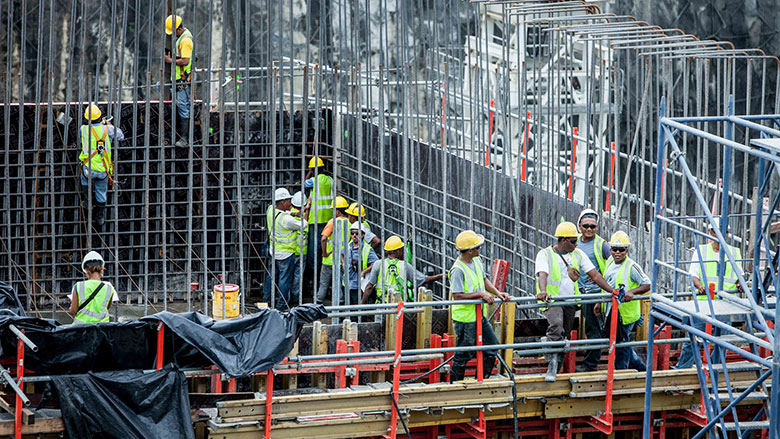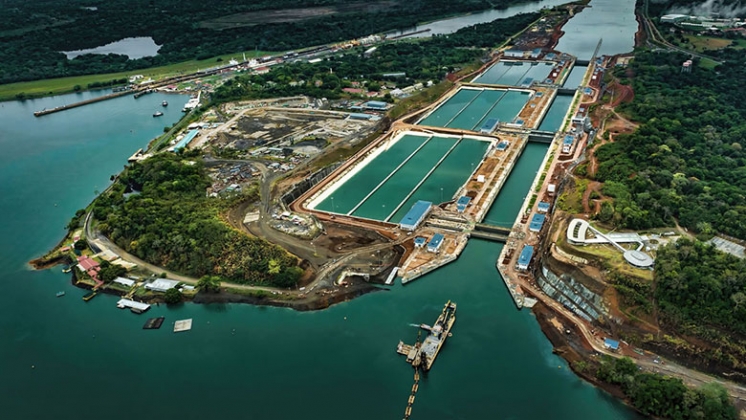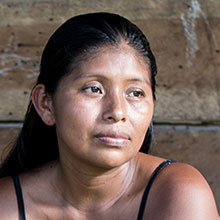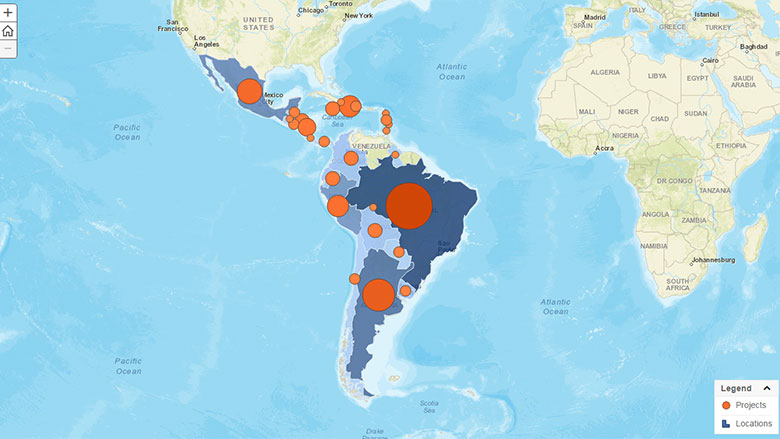Challenge
Panama’s economic growth has been faster than any other country in the Latin American and Caribbean (LAC) region over recent years, averaging 7.2 percent from 2001-2013. The country’s rapid growth has translated into significant poverty reduction. Between 2007 and 2012, poverty declined from 39.9 percent of the population to 26.2 percent, and extreme poverty from 15.6 to 11.3 percent. During the same period, income growth of households in the bottom 40 percent of population increased 8.2 percent, compared to the average per capita income, which grew by 6.6 percent.
Although growth at the aggregate level has been largely pro-poor and inequality has declined, not everyone has shared equally in Panama’s prosperity. The indigenous peoples living in semi-autonomous territories (comarcas) and groups living in remote rural areas suffer from higher poverty levels and significant gaps in access to basic services than the rest of the country. For instance, in the poorest comarca with the largest population, Ngäbe Buglé, poverty rates reach 93 percent and extreme poverty 83 percent. In addition, most of the poor are settled in vulnerable areas, exposed to natural disasters.
In order for Panama to maintain its growth model and for all Panamanians to benefit from it, economic, social, and environmental challenges must be addressed. These include ensuring a well-educated workforce with relevant skills to sustain economic growth, inclusion of marginalized groups and indigenous peoples, adequate and modern infrastructure to support a high performing economy, strengthened public sector institutions that promote efficiency and transparency, compliance with international financial standards to maintain investment flows, and sustainable natural resource management and resilience to natural disasters.
Approach
Given Panama’s unique development challenges and the sophistication of its economy, the World Bank Group (WBG) has supported the country’s efforts to maintain high growth, while ensuring that benefits reach all. The World Bank has been a key partner on policy reform for fiscal sustainability, enhanced targeting of social protection programs, and modernization of the public sector planning and budgeting system with enhanced transparency. Moreover, the World Bank program has had a clear focus on poverty and shared prosperity, supporting social inclusion by building productive alliances to help increase producer incomes, increasing the percentage of women receiving pre-natal care, and improving water and sanitation services in rural and poor communities. In addition to financing, the WBG has provided high-quality technical assistance and cutting-edge knowledge, particularly in managing fiscal risks stemming from natural disasters. WBG engagement in Panama also includes International Finance Corporation (IFC) investments and Multilateral Investment Guarantee Agency (MIGA) guarantees, which have supported the core growth sectors of the economy, centered on the Panama Canal, urban transportation, energy, trade, and financial services.



